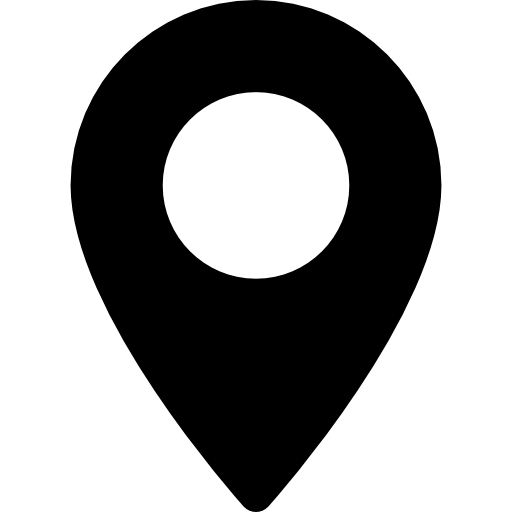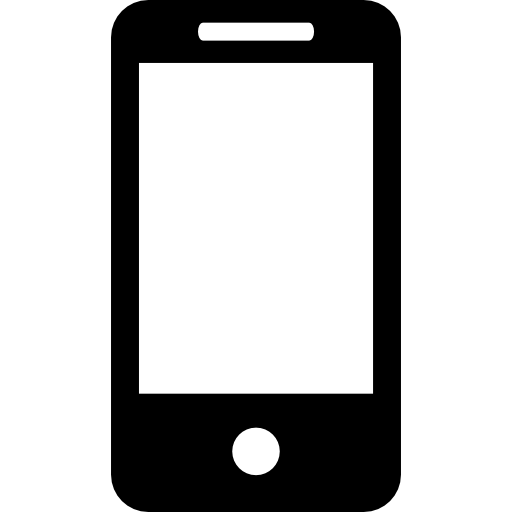Understanding Colorado’s Insurance System for Crosswalk Accidents
TL;DR: Colorado’s fault-based insurance system creates complex coverage scenarios for pedestrian accident victims. For those hit in a crosswalk, navigating Med Pay, UM/UIM benefits, and health insurance coordination is essential to secure fair compensation.
Why Colorado’s Insurance System Confuses Pedestrian Victims
Colorado’s 2003 transition from a no-fault to a fault-based system eliminated automatic injury coverage that previously protected pedestrian accidents victims. This change shifted the burden to victims to navigate multiple insurance companies and coverage types to secure compensation.
How the elimination of PIP creates coverage gaps affects pedestrian victims more severely than vehicle occupants. Without automatic Personal Injury Protection benefits, pedestrians must rely on liability insurance from at-fault drivers, their own auto insurance policy benefits, or health insurance coordination.
Colorado’s Fault-Based Insurance System for Pedestrian Accidents
How Colorado’s 2003 Insurance Reform Affects Pedestrians
- Elimination of Personal Injury Protection coverage removed the safety net that provided immediate medical expense coverage regardless of fault determination. Pedestrian victims now face collection pressures from hospitals while waiting for liability investigations.
- Shift to liability-based compensation system means victims must prove the other driver’s negligence before accessing benefits. This creates delays in medical treatment payment and lost wage compensation that can last months during accident investigations.
- The fault-based system particularly impacts pedestrians crossing at traffic signals or in crosswalks, where liability disputes between drivers and pedestrians create additional complexity for insurance claim resolution. Understanding Colorado’s pedestrian laws and right-of-way rules becomes essential for determining fault and coverage responsibilities.
Minimum Insurance Requirements in Colorado
Colorado’s minimum coverage requirements include $25,000 bodily injury per person, $50,000 bodily injury per occurrence, and $15,000 property damage liability. These minimums are often insufficient to cover severe pedestrian accident injuries.
Medical Payment (Med Pay) Coverage – Your First Line of Defense
Medical Payment (Med Pay) coverage is a no-fault benefit available through your own auto insurance policy. It provides immediate funds for medical expenses, regardless of who was at fault for the crosswalk accident.
- What Med Pay Covers: It covers health insurance deductibles, copayments, and services not covered by health insurance, such as chiropractic care or acupuncture.
- How to Access Med Pay: You can file a claim with your own auto insurance company immediately after the accident.
- Limitations: Med Pay is typically limited to a specific amount (e.g., $5,000) and does not cover lost wages or pain and suffering.
Understanding who pays medical bills after pedestrian accidents is crucial for managing your financial recovery.
Uninsured/Underinsured Motorist (UM/UIM) Coverage for Pedestrians
If the at-fault driver is uninsured or has insufficient coverage to pay for your damages, your own UM/UIM policy can provide compensation.
- Colorado’s Uninsured Driver Problem: With a high rate of uninsured drivers in Colorado, UM/UIM coverage is essential protection for pedestrians, especially in cases involving hit-and-run perpetrators.
- How UM/UIM Applies: This coverage steps into the shoes of the at-fault driver, covering medical bills, lost wages, and pain and suffering up to your policy limits.
- Fighting Denials: Insurance companies often fight UM/UIM claims. An experienced attorney can help you prove your case and fight for the coverage you paid for.
Health Insurance Coordination in Pedestrian Cases
- Primary vs. Secondary Coverage: Your health insurance will likely be a primary source of payment for medical bills after Med Pay is exhausted.
- Subrogation Rights: Your health insurance company will likely seek reimbursement from any settlement you receive from the at-fault driver. This is called subrogation, and an attorney can help negotiate these liens to maximize your net recovery.
Common Insurance Company Tactics Against Pedestrians
- Blaming the Victim: Arguing you were not in a legal crosswalk or were comparatively negligent.
- Delaying Investigations: Dragging out the process to pressure you into a low settlement.
- Undervaluing Claims: Making lowball offers that don’t cover your future medical needs or pain and suffering.
Learning how to deal with insurance adjusters can help you avoid common pitfalls.
Maximizing Insurance Recovery for Pedestrian Victims
- Identify All Coverage: An attorney can help identify all available insurance policies, including Med Pay, UM/UIM, and at-fault driver liability.
- Strategic Claim Presentation: Presenting a well-documented claim with strong evidence of liability and damages is key.
- Settlement vs. Litigation: An experienced lawyer can advise you on when to accept a settlement and when to take your case to trial.
Understanding typical settlement amounts in Colorado can help you evaluate whether an offer is fair.
What This Means for Your Crosswalk Accident Case
Navigating the insurance system after a crosswalk accident is complex. Understanding your rights and the different types of coverage available is the first step. An attorney can help you manage the claims process, fight back against insurance company tactics, and ensure you receive the maximum compensation you deserve.
Following immediate medical attention and proper documentation protocols is critical. Consider when to hire legal representation and how evidence collection strengthens your case.
Frequently Asked Questions About Pedestrian Insurance Coverage
Does my auto insurance cover me as a pedestrian?
Yes, your Med Pay and UM/UIM coverage typically protect you even when you are a pedestrian.
What if the driver who hit me has no insurance?
Your own Uninsured Motorist (UM) coverage is designed for this exact situation.
How does my health insurance work with auto insurance?
Health insurance is often the primary payer after Med Pay is exhausted, but they will seek reimbursement from the final settlement.
Can I stack multiple UM/UIM policies?
In some cases, yes. An attorney can help determine if you can stack policies to increase your available coverage.
What happens if medical bills exceed available coverage?
This is a complex situation where an attorney can help by negotiating down medical liens and exploring all possible sources of recovery.








